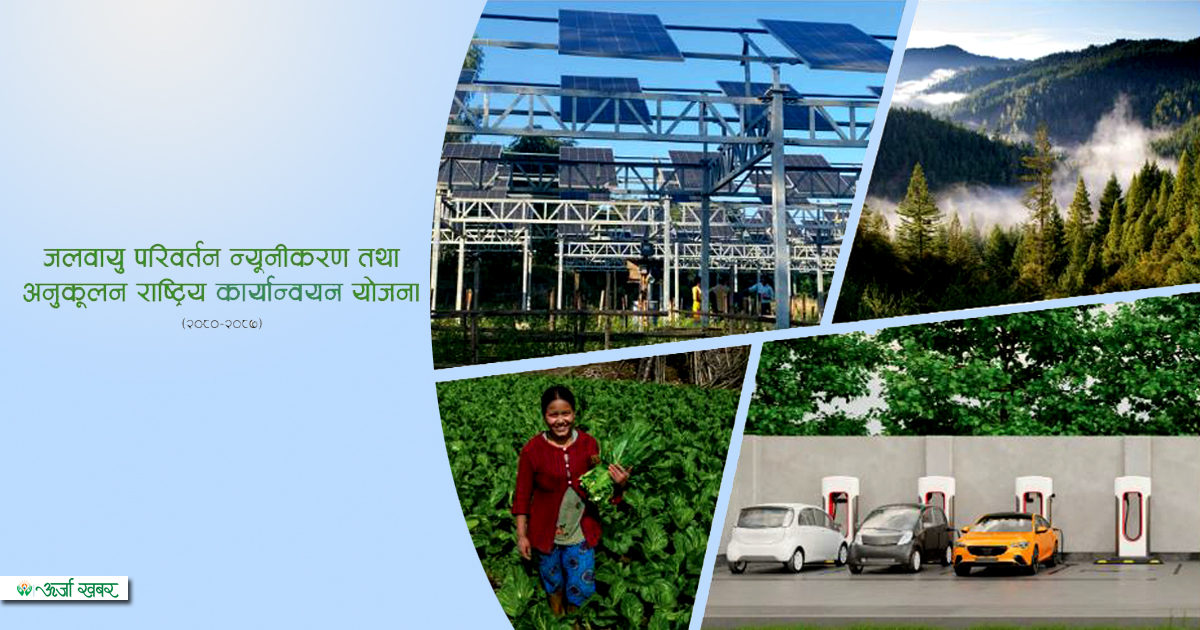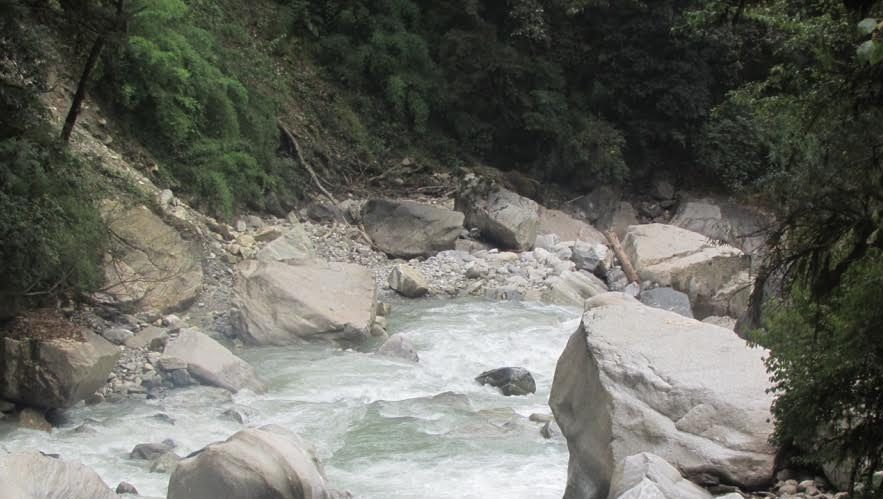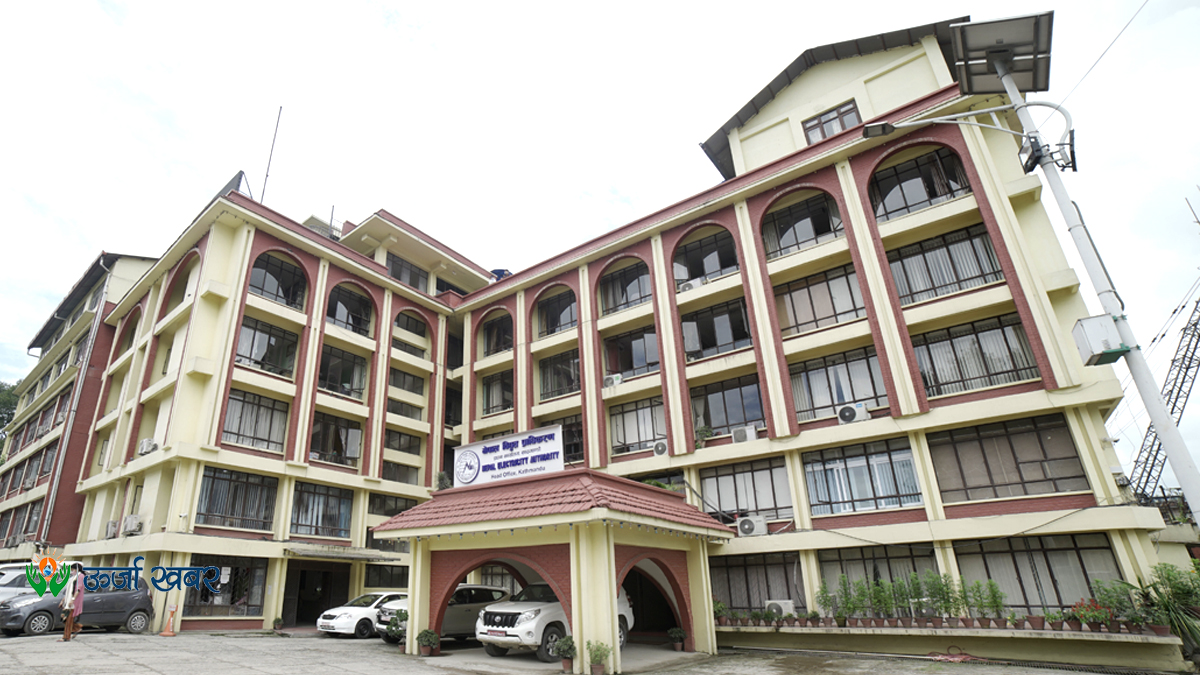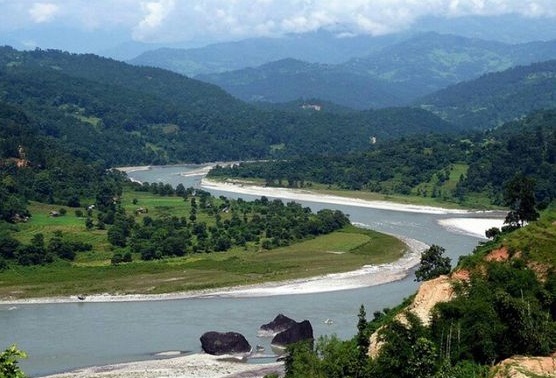Energy Update
Climate change mitigation and adaptation plan
Government plans to invest Rs 1,916 billion to generate 14300 MW hydropower in 7 years

Kathmandu; The Government of Nepal (GoN) has prepared 'Climate change mitigation and adaptation plan 2080-2087' to mitigate climate change.
Under the leadership of the Ministry of Forest and Environment, a seven-year plan has been prepared by incorporating sectors like energy, agriculture, forest, waste and industrial process and produced goods, urban living and tourism and the financial system.

The ministry has informed that the plan has been prepared to reduce the emission of greenhouse gases and to achieve consequential and policy goals related to climate adaptation. It is said that the implementation of the plan is necessary to fulfill international commitment to net zero emission by 2045 in the line of achieving the targets of the Sustainable Development Goals (SDG). Furthermore, the plan has looked forward to materializing low emission development activities; enhancing capacity for climate adaptation and resilience.
The GoN has set a plan to generate 15,000 MW of clean energy by 2030. It is said that 5 to 10 percent of the energy will be generated by micro and small hydropower, solar, wind and biotic energy. During this period, the construction of 14,300 MW capacity hydropower projects will be constructed with an investment of 1,916.37 billion.

Likewise, 100 megawatt will be produced by micro and small hydropower and 1250 megawatt will be produced through solar energy. Additionally, five percent of the total energy demand will be supplied through clean energy. The plan to build and operate 500 biogas plants with big capacity by 2025 will be built in advance.
According to the plan, with the installment of the biogas plants in institutional/industrial/ municipality/ community level, it is aimed to be installed in 200,000 more households. Towards household stoves and biogas, 25 percentage households will use electric stoves as a major tool for cooking by 2030.
Towards the EV, the plan targets to replace 25 percent two wheelers and four wheelers private vehicles by electric vehicles by 2025. It is said that electric public vehicles (excluding electric rickshaw and electric tempo) will cover 20 percent of the total sales. The ministry claims two wheeler private vehicles will cover 90 percent and four wheeler public vehicles will cover 60 percent of the total sales.
By the year 2030, an action plan will be set for public vehicle and freight services for electric trains to operate in 200 kilometer stretch.
Likewise, the government plans to conduct a feasibility study to run electric buses in 30 municipalities, while 300 electric buses will be operated in three provinces by 2024. A total of 150 electric buses will be operated in the Kathmandu valley. Similarly, charging stations will be operated in 100 government offices. By 2030, a total of 500 charging stations will be built across the country. This plan has been prepared in line with the Paris Agreement that the GoN signed in 2015.
Conversation
- Info. Dept. Reg. No. : 254/073/74
- Telephone : +977-1-5321303
- Email : [email protected]














